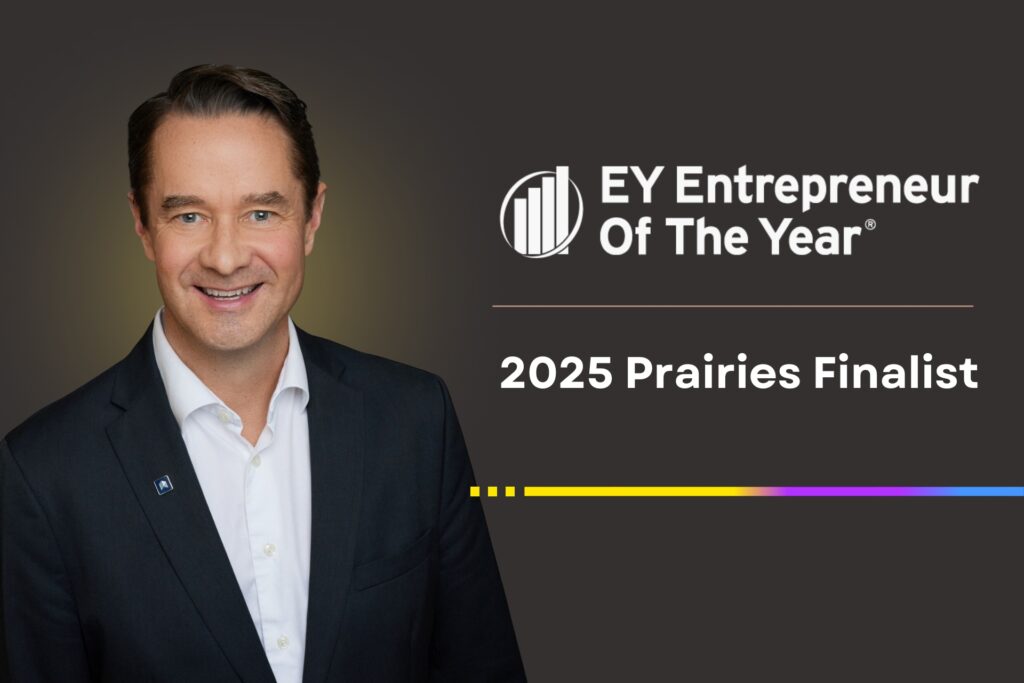New Technology Fueling Changes in Talent Acquisition
January 16, 2017
Share This Article
It’s going to be a wild ride.
2016 brought real changes in the industry dynamics, technology advances and competitive forces of the staffing industry and talent acquisition.
Industry changes are cyclical and now we are in the cycle where change is accelerating and the industry is restructuring in many ways. Whether you are an executive or manager leading (and hopefully retaining) top talent, an HR professional or anyone looking to make a career move, this is definitely going to impact you.
Talent acquisition is changing for all of us and it’s important to look closely at the implications. Significant moves signalling industry evolution include:
- Microsoft acquiring LinkedIn for $26 Billion USD (June 2016)
- Indeed acquiring Simply Hired (July 2016)
- Randstad acquiring Monster.com for $450 Million (August 2016)
- eHarmony launching Elevated Careers (April 2016)
These deals are signals of how the talent acquisition landscape is changing for everyone. The common thread of the accelerating changes is advancing in new technology.
Microsoft was attracted to LinkedIn for many reasons but specifically for its global user base in the professional social networking space.
Indeed was attracted to Simply Hired’s job search engine capability and its large global user base.
Randstad was attracted to Monster for their job board technology and systems.
eHarmony entering the talent matchmaking space is an attempt to use its dating matching algorithm in the talent acquisition space. Their algorithm has resulted in 2 million couples getting married so a big question is whether that will work in career matchmaking.
Navigating the new technology in talent acquisition can be a daunting task with daily changes and new entrants continuously appearing on the scene. There is a recent report from Talent Tech Labs, “The Evolution of the Talent Acquisition Ecosystem” which is an excellent survey of the technology landscape. Talent Tech’s approach is to take the four broad areas of:
- Sourcing Stage
- Engagement Stage
- Selection Stage
- Hiring Stage
The four broad areas are then subdivided into 14 sub-verticals, and then 28 finer categories within the sub-verticals. Each of the 28 finer categories has between 10 and 20 examples of apps and online services and systems represented. For example, getting more granular to the level of actual apps, online services and systems the Talent Tech taxonomy is:
- Sourcing > Job Advertising > Job Board Aggregators
- Sourcing > Online Staffing > Crowd Sourced Recruitment
- Engage > Employer Branding > Employer Reviews
- Selection > Interview Process > Video Interviewing
- Selection > Assessment Tools > Psychometric Assessment
- Hiring > Vendor and Freelance Management Systems > Vendor Management System (VMS)
- Hiring > Applicant Tracking Systems > ATS for Employers – ATS for Staffing Agencies
The Talent Tech Labs report is one of the best I’ve seen to segment the different niches in each step in the process.
If you are looking to improve your results in talent acquisition, it is increasingly important to keep abreast of the expanding technologies and how they all fit together.
In such a busy space, a key consideration is how all these apps, services and systems weave together. From my perspective, how the many technologies are integrated for each of the employer, the candidate/employee and their staffing partners will be where the magic is. With the explosion of apps and online services, a global personal or reputation management platform could be critical.
Enabling people to more seamlessly experience more of the ever-increasing parts of the talent acquisition cycle would be an exciting next step. The future is coming and it’s going to be a wild ride.
As published in the Winter 2017 issue IPM Association’s Members Quarterly Newsletter.




